Superheroes may command the most attention in the comic book industry, but horror isn’t far behind. The horror genre thrives on communicating a highly visual type of narrative, which is common in comics and graphic novels. Horror comics have had a huge influence on readers since the 1990s, thanks to a surge of independent writers and publishers, and show no signs of slowing down.
Within comics, graphic novels, and manga, there is a huge assortment of these to pick from that will blow readers’ minds. If you’re a comic book fan or want to experience the thrill of a horror storey, this movie will show you some of the best.
Uzumaki

The film follows the residents of Kurouzu-Cho, a fictitious city. It’s doomed by a spiral-related magical curse. The protagonists Kirie and Shuichi, witness the spiral curse affecting the citizens differently while everyone becomes obsessed and paranoid about spirals. No one is safe from it, including them and their loved ones.
This dark fantasy supernatural horror manga was developed by Junji Ito and released in 1998. His unusual creative style both hypnotises and scares readers. Ito’s manner of writing and drawings are fascinating, visceral, and disgusting in a way that readers can’t get enough of. He’s been dubbed the David Cronenberg of the manga industry.
They are in charge of the story’s pacing and are fascinated by its influential qualities. It is a thought-provoking piece of literature about the effects of war on a civilian population and unleashes significant psychological elements. It has a handful of interesting characters that readers can’t help but love.
Although hatred is difficult to elicit from two-dimensional pictures, Junji Ito’s mind-bending illustration proves that a few pages from a comic can truly instill terror and entertainment in readers’ minds.
Harrow County
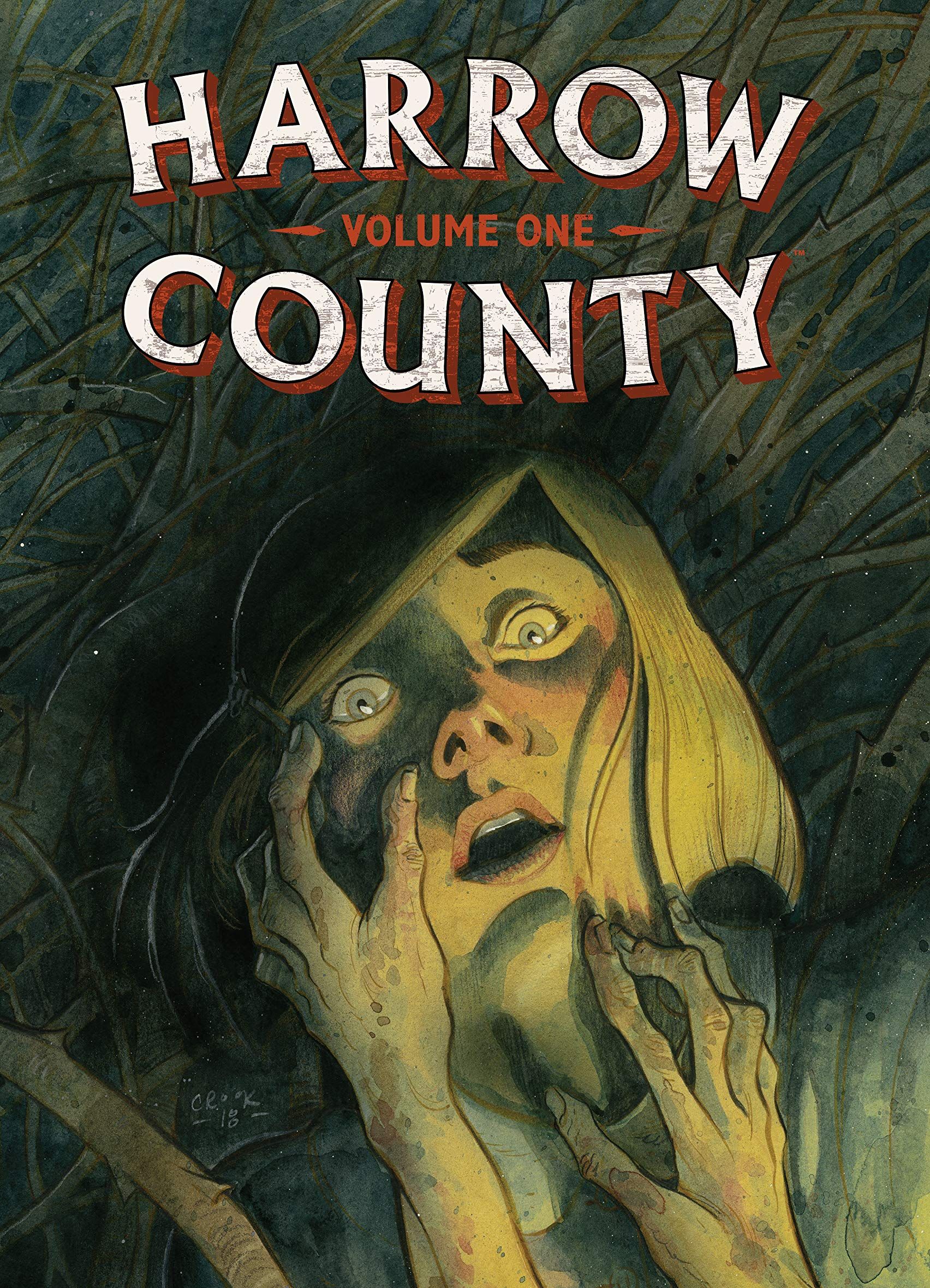
On her eighteenth birthday, Emmy discovers that she is linked to the creatures that live in the deep, dark forests. She also learns she is the reincarnation of a strong witch who was murdered on the day she was born.
When the townspeople uncover her truth, they are out to kill her too. She must connect with the creatures in the woods and embrace her dark powers if she wants to survive.
This 2015 Dark Horse comic series, written by Cullen Bunn and drawn by Tyler Crook, offers a unique plot that sets it distinct from most other comics. The tale arc creation of Cullen Bunn knows no boundaries.
It’s interesting, gripping, and manages to scare the living daylights out of readers. It features a cast of distinctive and lovable characters with spot-on banter. Moreover, the chilling atmosphere of Harrow County is exquisite and makes readers get goosebumps. Tyler Crooks’ illustrations range from media like pencils to gouache.
His unique style is evident from the graphics, and its representation is cunningly creative. He has mastered the technique of conveying grotesque visuals crucial to rural, gothic horror titles in this masterpiece. The comic contains several exotic supernatural creatures while also incorporating recognizable human emotions. These traits make it both thrilling and relatable for readers.
Wytches
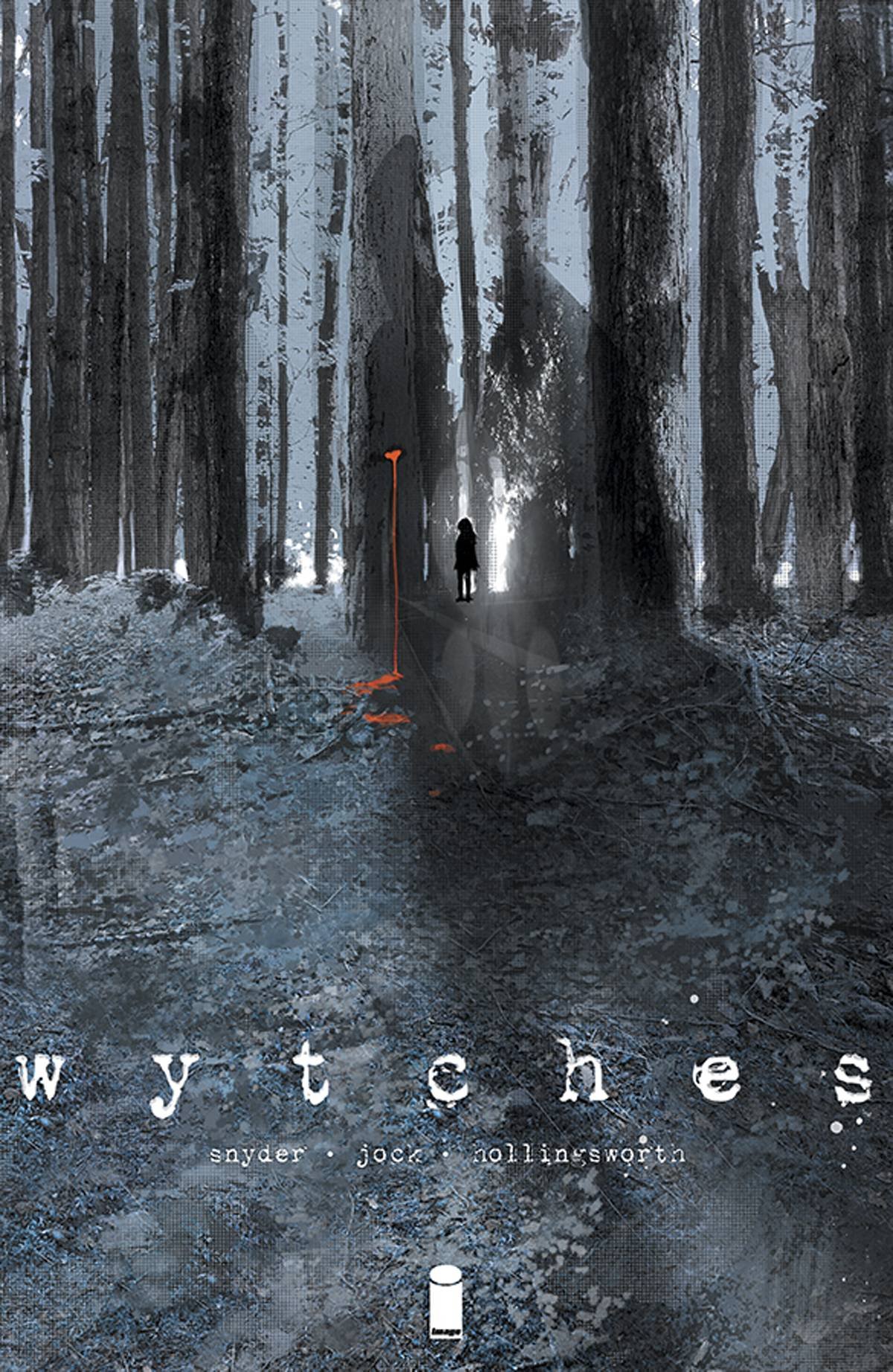
The Rook family relocates to the little New Hampshire town of Litchfield. They attempt to escape the trauma of a bullying incident and start over. But little do they know something far more evil and sinister awaits them in the woods beyond the town.
Wytches, written by Scott Snyder and drawn by Jock in 2014, takes readers to a far creepier, bone-chilling world than they have travelled into previously. As the title implies, the horror revolves around evil in the form of witches.
These aren’t your average witches, either. Jock’s colourful artwork depicts nightmare-inducing and terrifying monsters. It is accompanied by Snyder’s quick introduction to the plot and makes readers’ skin crawl. Unlike most graphic novels that thrive on blood and gore as its primary source of terror, Wytches uses its settings and atmosphere to drive readers’ fear.
Furthermore, the artwork elicits real emotion, causing people to appreciate the book on a whole new level. The use of dark colour schemes by Matt Hollingsworth creates an unsettling environment of an apparently quiet village that has been infiltrated by weird monsters. Overall, this slightly bleak yet compelling family drama blended with a horror tale declares absolute brutality and treats readers.
Nailbiter
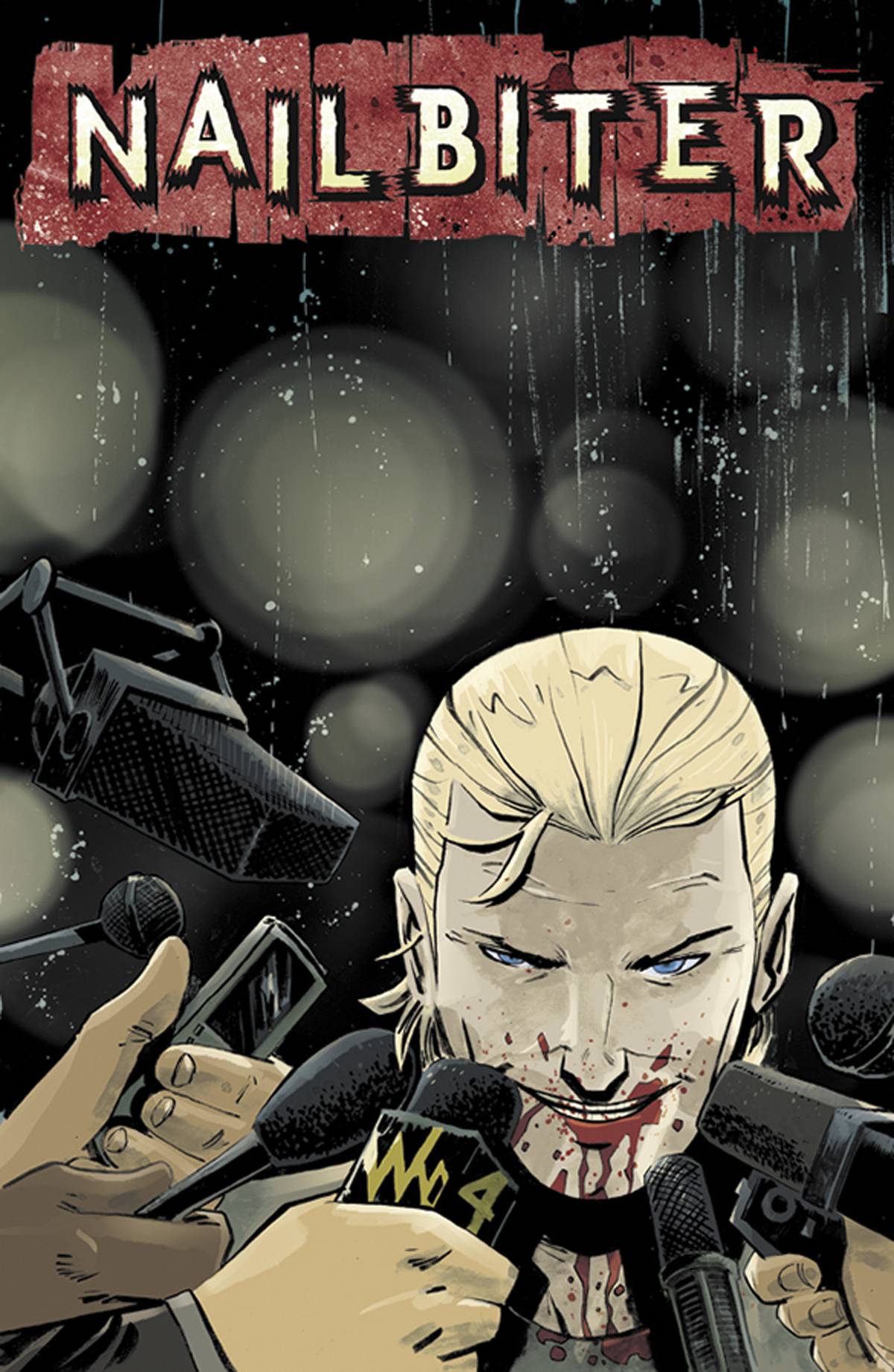
Buckaroo, Oregon, is the setting for this six-volume series, which follows sixteen of the world’s greatest serial killers as they grow up in the little hamlet. FBI agent Charles Carroll wants to crack the mystery but unfortunately goes missing.
His friend Nicholas Finch arrives to look for him and works together with Edward Charles Warren. Unfortunately, Finch is unaware of Warren’s true identity.
Joshua Williamson and Mike Henderson co-created this comic in 2014, and it has a compelling plot. By blending horror, mystery, psychological, crime, buddy cop, comedy, and drama in one film, Williamson demonstrates his penchant for genre mash-ups. There are lots of jump scares and a moderate amount of gore in this film.
It’s also a human-interest narrative, which makes it more relevant to readers. Readers will be left wanting more because of the fantastic dialogue and humorous situations. Mike Henderson does a fantastic job of the artwork and proves that it is not a comic for the faint-hearted.
Adam Guzowski incorporates brilliant colour schemes to catch the readers’ eye and make it visually appealing yet thrilling. It has graphic scenes of murder and captivating mystery that makes it hard to put down.
This comic series’ scariest aspect is that the serial killers are deeply rooted in reality not too far from our own, killing people in gory, creative ways. Overall, Nailbiter is an excellent page-turner with a reliable and satisfying ending.
Crossed
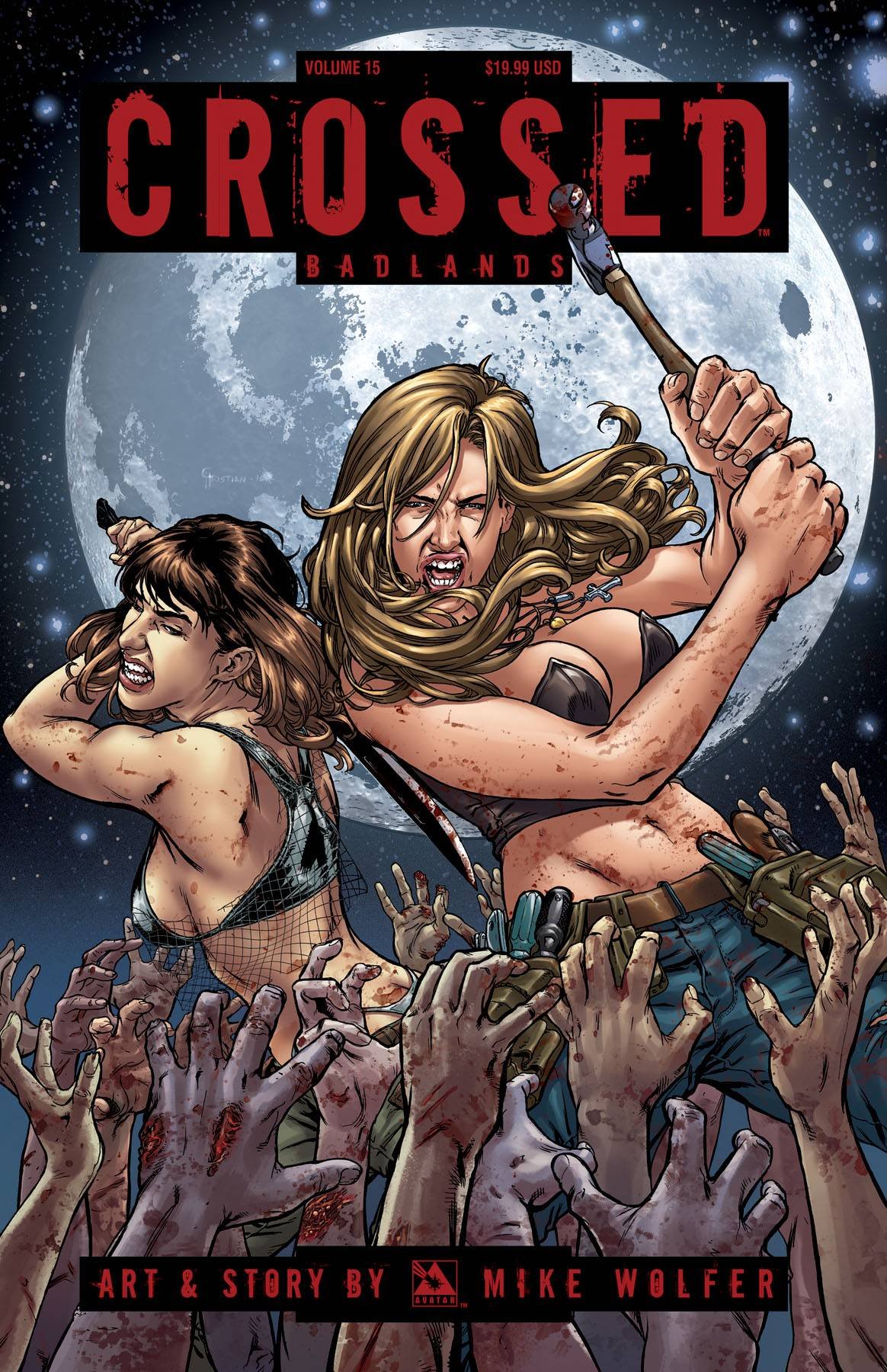
Survivors are coping with a pandemic that leads people who are affected to think in the most heinous ways. The virus’s carriers are known as “Crossed” because they develop a large cross-like rash on their faces.
While the infected are turned into homicidal, violent psychopaths, they still retain a basic human intelligence level. Therefore, besides engaging in rape, cannibalism, and murder, they can also use tools, firearms, and drive motor vehicles.
Garth Ennis wrote and Jacen Burrows illustrated this extremely twisted 2008 comic book series. It has a gruesome art house atmosphere to it, which amplifies its brutally unpleasant components and has the potential to affect readers psychologically.
Garth Ennis’ reputation as a disturbing and divisive storyteller is well-deserved. Although its crazy, violent plot is not for everyone, those who love it will find it to be an exciting read. The horrific rape scenes, cannibalism, and splatter-fest that this comic is are beautifully illustrated by Jacen Burrows.
The fact that Crossed is a limited story helps it remain focused and not diverge from the plot. It contains a grand narrative and an endearing set of characters that are easy to get attached to.
Even the darkest moments portrayed in these works are intriguing because of how well they unleash human nature in its rawest form. Garth Ennis displays a rendition of the real world via a hint of dark fantasy and the limits that man can go to if infected or don’t have any consequences.
Outcast
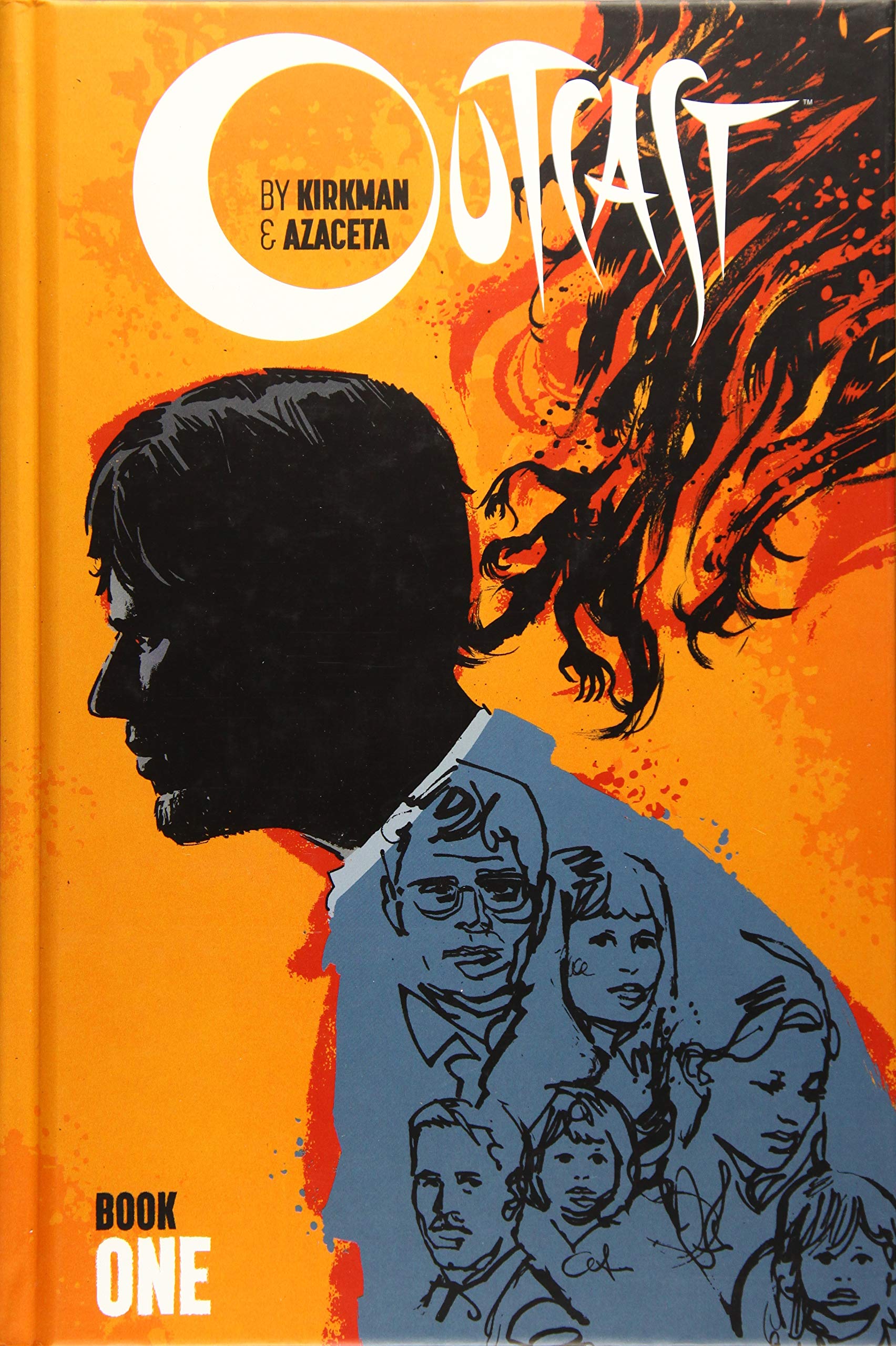
Kyle Barnes is a recluse who has spent his life witnessing his loved ones succumb to demonic possession. With a clergyman’s help, he attempts to unveil what lies behind the supernatural manifestations and why he seems to carry unusual peculiarities.
This ongoing series, which began in 2014 and is written by Robert Kirkman and drawn by Paul Azaceta, is full of genuine horrors and intriguing antagonists, making for an action programme. Kirkman keeps readers interested by making the main antagonist unclear. The plot moves along at a silky smooth speed, dropping details about Kyle’s terrible background on a regular basis.
Readers are exposed to a variety of supporting people while learning about his background as the tale progresses. It exposes them to Kirkman’s characters’ vast diversity and enormous complexity.
There is a self-conflict theme that runs throughout the story since many of the characters evoke a seemingly peaceful demeanor, but this might not be their true nature. Readers undergo a thrilling experience as these characters are all revealed via several layers. Paul Azaceta’s out-of-the-world artwork might seem simple at first glance, but as readers continue turning pages, they notice its intricate details.
It is conveyed through their facial expressions. It’s amazing how a set of minimalistic lines can express anguish, curiosity, and even disapproval. Therefore, this series made by the same creator of The Walking Dead is a fantastic read and highly recommended.
Sandman (1989 – 1996)
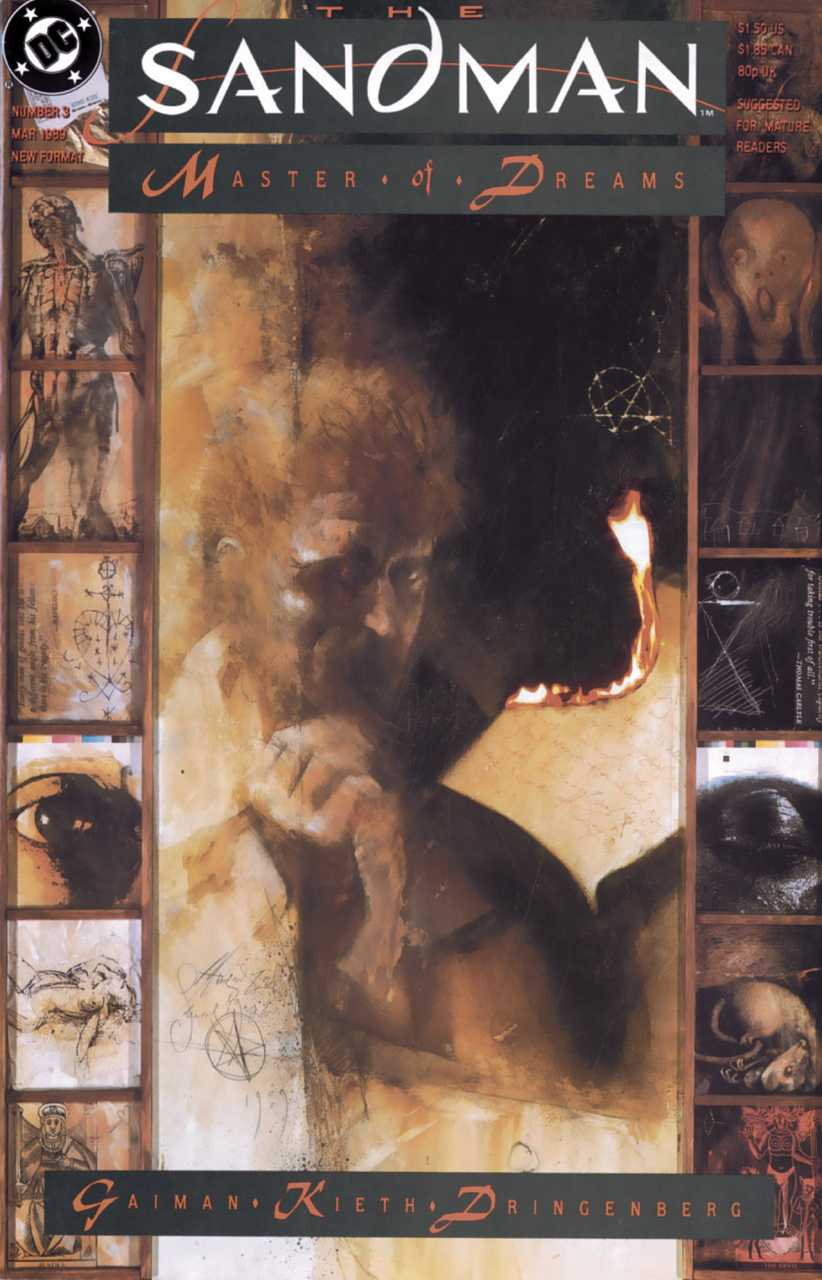
The main storyline takes place in three worlds: the Dreaming, Morpheus’ realm, and the waking world. Visits to other kingdoms, like Hell and Asgard, are also included. Morpheus is captured by an occult ritual and held prisoner for seventy years.
After escaping in the modern-day, he takes revenge on his captors and sets out on a journey to rebuild his kingdom. While unfolding the Sandman tale, Neil Gaiman and a slew of creative collaborators delve into some very dark areas. In The Sandman, the crew reinvented terror within the dark fantasy genre, but in a more current, modern context.
Other genres covered in this compelling movie include urban fantasy, epic fantasy, and historical drama. Gaiman’s use of anthropomorphic personifications, mythical stories, and occult culture has resulted in a metaphysical analysis of fictitious components. The plot device, story setting, and most of the characters explore myths and tales from every angle and iteration.
It is a non-linear endeavour that jumps through time and space as briskly as it does, points of view. The series is executed with utmost finesse, including classic and horror elements with plenty of thrill, structured with each panel having a specific purpose in the narrative’s flow. Overall, it is a haunting masterpiece that should be read by everyone.
From Hell
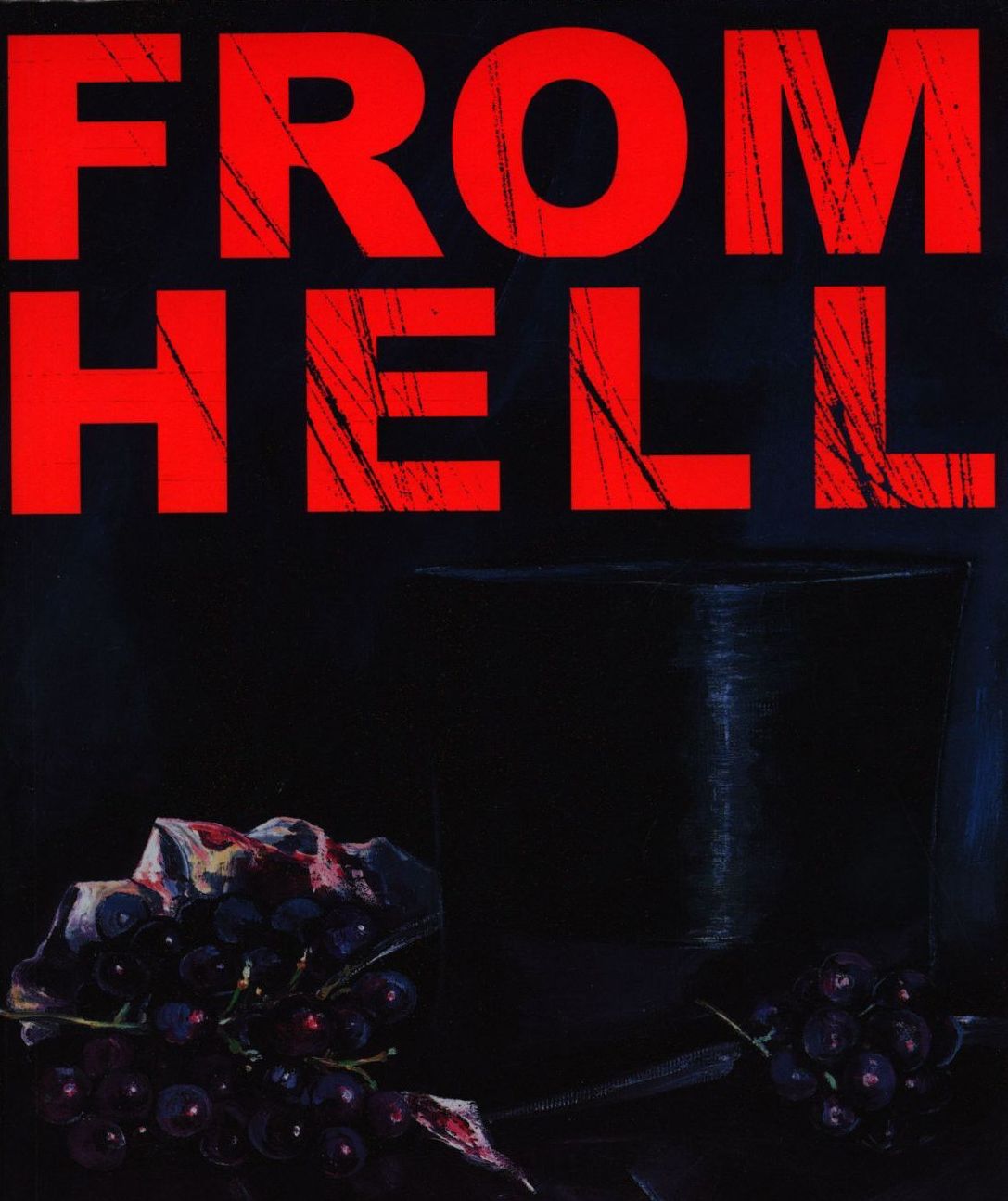
This graphic novel, set around the Whitechapel murders of the late Victorian era, speculates on Jack the Ripper’s identity. It shows many real-life incidents that occurred in the aftermath of the killings. It borrows its theory from Stephen Knight’s idea that the Jack the Ripper murders were part of a conspiracy to conceal the birth of an illegitimate royal baby fathered by Prince Albert Victor, Duke of Clarence.
Alan Moore and Eddie Campbell created a masterpiece with this graphic novel, which was published in 1989. It’s a visceral, thought-provoking, and terrifying work. It is extensively researched and speculates on a Victorian-era dark idea.
It is the most important historical comedy of all time, portraying the period in which Jack the Ripper lived in graphic detail. As a result, it introduces readers to the storyline of the novel as well as the historical complexities of the time period. Its meticulous attention to detail adds to its brilliance, as Moore and Campbell collaborate to produce a flawless graphic novel that both informs and scares readers.
It highlights the atrocities with a combination of truth and fiction that paves its way into readers’ minds with psychological thrills and madness. Eddie Campbell does an outstanding job with the artwork, which is simple yet has a meaningful impact on readers, sending chills down their spine.
It showcases some terrifying realities, including killing women to ensure continuous male dominance in society and how a government’s secret plan can influence a serial killer’s horrific actions.
Nameless
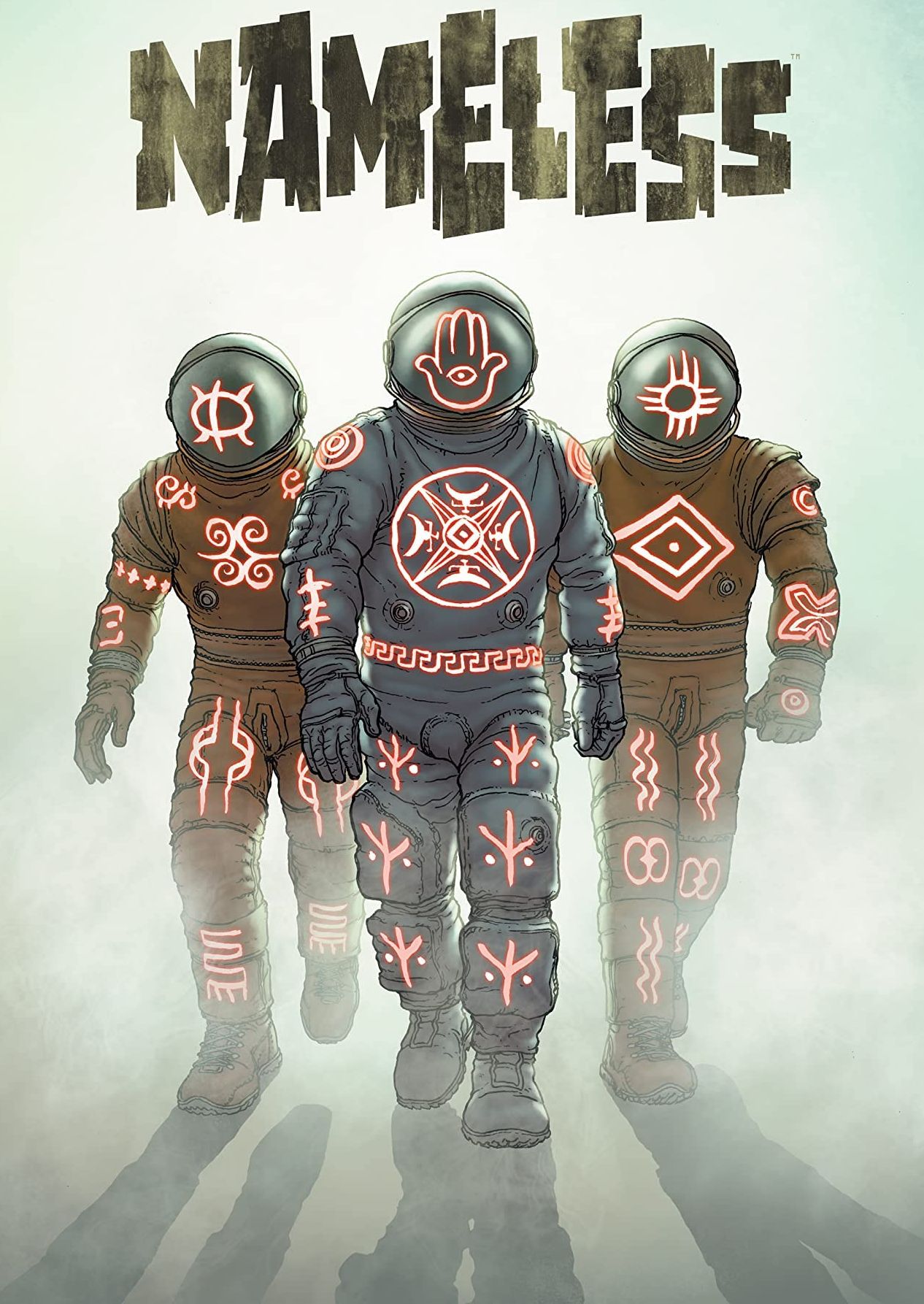
A single creature living within the Xibalba meteor is blamed for a sequence of violent crimes all across the planet. These acts include cannibalism and other brutal methods of murder. Since the meteor has occult properties, Nameless is summoned as an expert to help everyone.
The clear representation of the rules of the sequential art style keeps readers interested in this psychedelic horror comic produced by Grant Morrison in 2016. It blurs the borders between fantasy and reality, presenting it in the present with a 3D printing perspective. It’s a fantastic, non-linear piece of work.
It’s a combination of mythology and nightmare logic. It features a cerebral sci-fi horror with scenes that are brutally horrific, creative, and thought-provoking. Chris Burnham’s illustrations are downright stunning. Even in their hatred, readers are swayed by the intense, beautiful impact on the mind.
Nathan Fairbairn’s colour schemes perfectly complement this. It is the epitome of a wonderfully constructed visual piece of horror. The characters are diverse and all interesting in their unique ways. It includes the protagonist, Nameless. Morrison, via this comic, has created one of the most readable first issues that everyone must pick up.
Severed
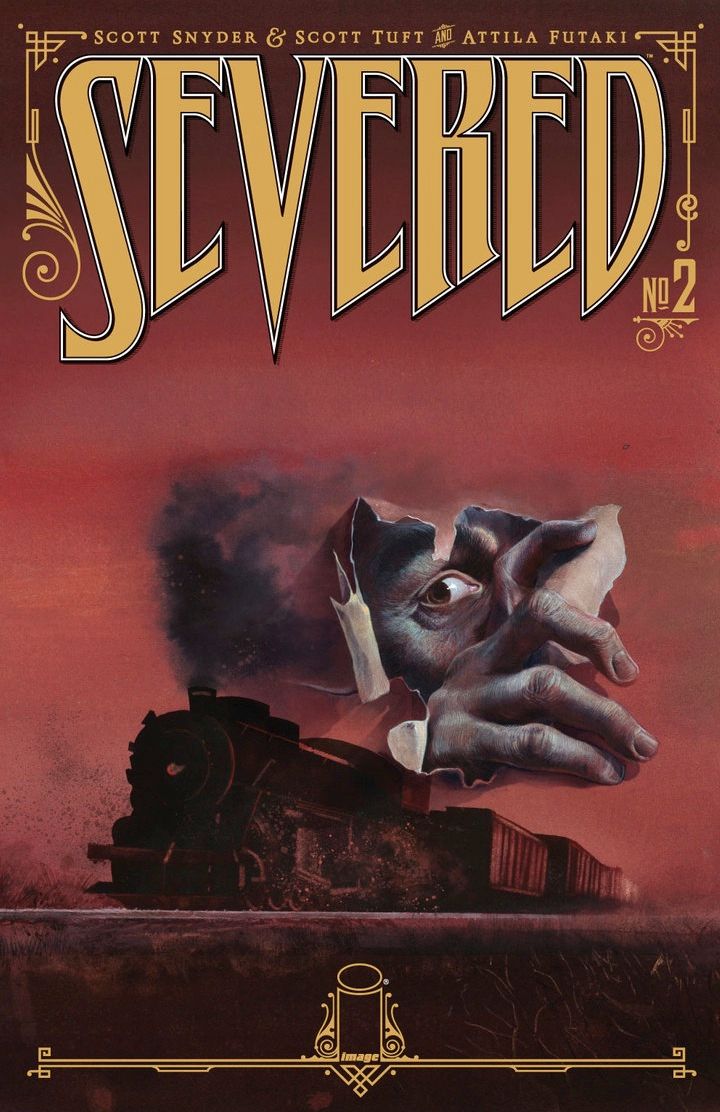
Jack Garron, 12, walks away from home in search of his biological father, a wandering minstrel. Along the way, he comes across a travelling salesperson with a phoney grin. Beneath this smile, he hides his real teeth that are jagged spikes he uses to eat children, turning Jack’s American dream into a nightmare.
In 2012, Scott Snyder and Scott Tuft released this horror and suspense graphic book. It has an unpleasant feel about it, and it’s situated in a gloomy environment. The narrative is well-thought-out, with well-developed characters. His intelligent, fantastic discussions reveal that they all serve a purpose.
He creates a relaxing atmosphere and smooth transitions from one scene to the next. Attila Futaki’s appropriately gloomy, realistically drawn artwork complements this solo storey set in 1916. Readers can recognize Snyder’s experimental playfulness via the comic’s unique language and the torture-porn-style depictions of sadism. It is evident that the writers are in complete control of the story and showcase absolute authenticity and gravity.
Futaki’s stellar representation of the period architecture, technology, and costumes is outstanding. Throughout the comic, the readers are kept at the edge of their seats due to the overarching metaphor of the impending fear of being eaten. Overall, this is a graphic novel with a strong story and is a must-read.
